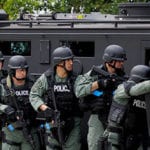 Miscellaneous
Miscellaneous  Miscellaneous
Miscellaneous  Our World
Our World 10 Green Practices That Actually Make a Difference
 Humans
Humans Ten Historic Men Who Deserve Way More Credit Than They Got
 Movies and TV
Movies and TV The 10 Most Heartwarming Moments in Pixar Films
 Travel
Travel Top 10 Religious Architectural Marvels
 Creepy
Creepy 10 Haunted Places in Alabama
 History
History Top 10 Tragic Facts about England’s 9 Days Queen
 Food
Food 10 Weird Foods Inspired by Your Favorite Movies
 Religion
Religion 10 Mind-Blowing Claims and Messages Hidden in the Bible Code
 Facts
Facts 10 Things You Never Knew about the History of Gambling
 Miscellaneous
Miscellaneous Ten Groundbreaking Tattoos with Fascinating Backstories
 Our World
Our World 10 Green Practices That Actually Make a Difference
 Humans
Humans Ten Historic Men Who Deserve Way More Credit Than They Got
Who's Behind Listverse?

Jamie Frater
Head Editor
Jamie founded Listverse due to an insatiable desire to share fascinating, obscure, and bizarre facts. He has been a guest speaker on numerous national radio and television stations and is a five time published author.
More About Us Movies and TV
Movies and TV The 10 Most Heartwarming Moments in Pixar Films
 Travel
Travel Top 10 Religious Architectural Marvels
 Creepy
Creepy 10 Haunted Places in Alabama
 History
History Top 10 Tragic Facts about England’s 9 Days Queen
 Food
Food 10 Weird Foods Inspired by Your Favorite Movies
 Religion
Religion 10 Mind-Blowing Claims and Messages Hidden in the Bible Code
 Facts
Facts 10 Things You Never Knew about the History of Gambling
10 Forgotten Battles That Changed World History
Some battles echo throughout history. But while most people have heard of Waterloo or Stalingrad, plenty of other decisive confrontations have been all but forgotten. Here are 10 such battles that changed the course of history.
10Battle Of The Delta
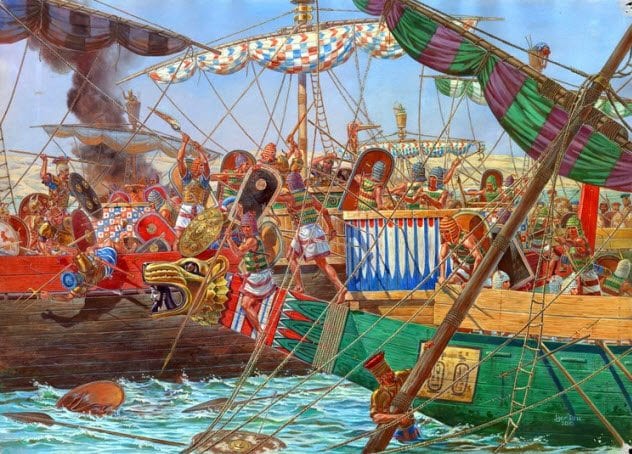
From 1276 to 1178 BC, the ancient Mediterranean world was terrorized by the mysterious Sea People. Although they are often referred to as pirates or raiders, many historians now believe that the Sea People represented a major population movement fleeing from the famine and turmoil that contributed to the Late Bronze Age collapse.
The Sea People overran the mighty Hittite Empire and other regions of the ancient world. After defeating the Hittites, they turned toward Egypt. Rameses III met the invaders at the Battle of the Delta.
Aware that the Sea People had the advantage on the open ocean, Rameses allowed them to enter the Nile Delta. There, the Egyptian navy attacked, using grappling hooks to snare the enemy ships while archers on the shore raked them with waves of arrows. Victory was total, and the Egyptians avoided the fate of the Hittites.
9Battle Of Caudine Forks

In 321 BC, the Battle of Caudine Forks produced almost no casualties, which is precisely why it was so decisive. The Romans were expanding into southern Italy when the Samnites lured the Roman army into a narrow valley. With both ends of the valley blocked and the Samnites on the high ground, the Romans had to surrender.
According to Livy, the Samnites sent home for instructions. The response came back to let the Romans go with no conditions. Astonished, the Samnites queried the instructions. This time, the response said to slaughter the Romans to the last man. An elder eventually cleared up the confusion, explaining that the Samnites could earn the Romans’ gratitude or kill them all. Anything else would be disastrous.
The Samnite army didn’t listen. They forced the Roman consuls to sign a humiliating peace treaty in return for safe passage home. Of course, the Romans immediately repudiated the peace treaty and sent their army back against the Samnites. They eventually won, and Rome went on to dominate the ancient world.
8Battle Of The Camel
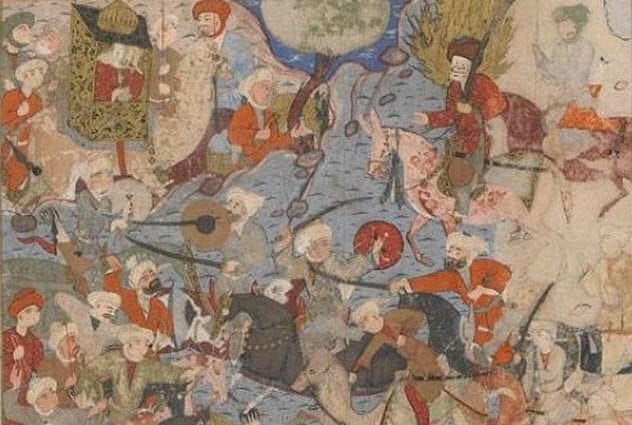
In the years after the death of Muhammad, the Muslims were united and achieved great feats. They were led by the caliphs, Muhammad’s successors. However, in 656, the third caliph, Uthman, was assassinated and replaced with Muhammad’s son-in-law Ali.
Muhammad’s wife Aisha was on her way to Medina when she heard the news. At once, she returned to Mecca and consulted with the prophet’s companions Talhah and Zubayr. The trio decided to oppose Ali and raised an army that fought Ali’s forces in the Battle of the Camel, named because the fight raged thickest around Aisha’s camel.
Ali’s forces won, and Talhah and Zubayr were killed. Of course, nobody touched the prophet’s wife and Aisha was sent to live peacefully in Medina. However, the battle marked the beginning of serious warfare between Muslims and a major split soon occurred between Shia and Sunni Islam.
7Battle Of Talas River
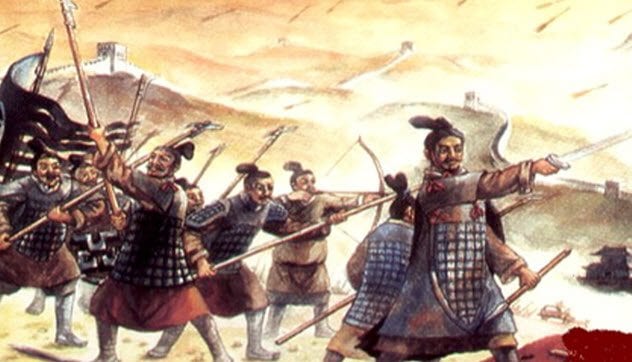
While the Abbasid Caliphate was expanding east into Central Asia, the Chinese Tang dynasty was expanding west into the same region. Local rulers allied with the Chinese for protection from the Arabs and vice versa. Something had to give, and the two sides faced off in AD 751 at the Talas River.
The Tang forces, led by Korean general Gao Xianzhi, seemed to have the upper hand. But they were betrayed by their Qarluq allies, who switched sides and attacked the Chinese from behind, shattering their army.
As a direct result of the battle, the Muslims gained control of Central Asia, including the Silk Road. They also learned how to make paper from Chinese prisoners. Meanwhile, the defeat helped spark the major An Lushan Rebellion in China.
6The Battle With The Naimans
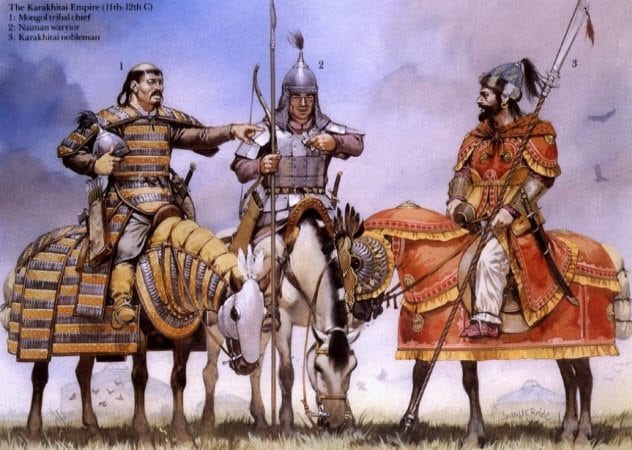
Before the Mongols conquered Asia in the early 13th century, Genghis Khan had to conquer the Mongols. His chief rival was his childhood friend Jamukha, who built a formidable coalition to oppose Genghis. The conflict between them lasted for years, with Genghis at times reduced to a handful of followers. Finally, Jamukha retreated to the territory of the Naiman tribe.
Genghis followed, but his army arrived exhausted and outnumbered by the Naimans. To disguise his numbers, Genghis ordered his men to each light multiple campfires, making it seem like a great host had camped for the night. When battle was joined, the Naimans broke and fled. Jamukha was soon captured, and Genghis became the unchallenged ruler of Mongolia.
5Battle Of Diu
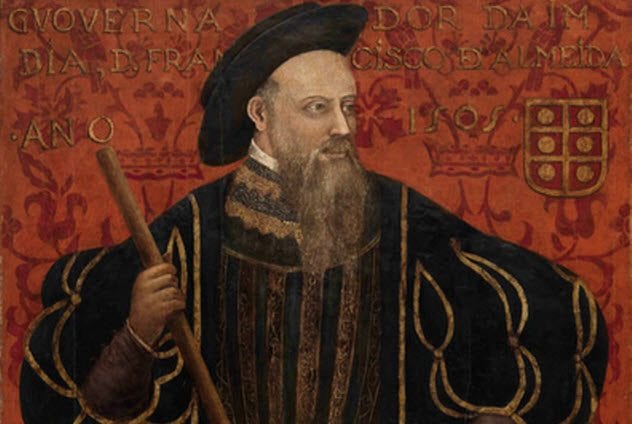
When the Portuguese arrived in the Indian Ocean, they didn’t go unchallenged. In 1509, a coalition of Egyptians, Gujaratis, and Calicut assembled a formidable fleet and defeated a Portuguese force, killing its commander, Lourenco de Almeida.
Lourenco’s father was Francisco de Almeida, who had just been replaced as the Portuguese viceroy. Determined to avenge his son, Francisco imprisoned his successor and set sail with the Portuguese fleet.
He encountered the allies at Diu, where he used the superior Portuguese cannons to destroy their fleet from a distance, filling the ocean with corpses. European control of the eastern trade routes was guaranteed.
4Battle Of Lima
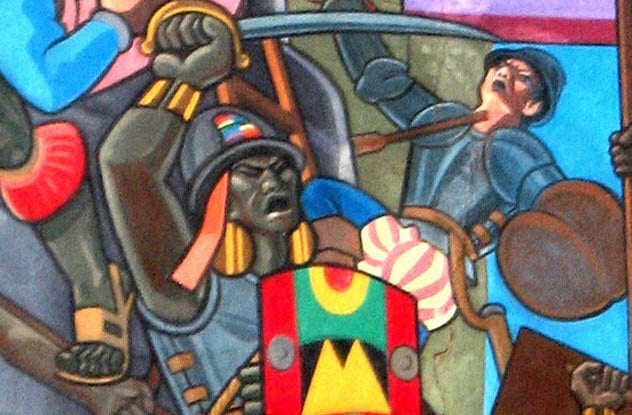
The greatest challenge to the Spanish conquest of the Inca came in 1536 when Spain’s puppet Inca emperor, Manco Inca, dramatically escaped and orchestrated a huge rebellion. Manco attacked Cuzco with at least 50,000 men.
While he besieged the city, he sent his general, Quiso Yupanqui, to deal with Francisco Pizarro, who was with the main body of Spanish troops in Lima. Pizarro had sent reinforcements to Cuzco, but Yupanqui trapped them in a gorge and annihilated them in a rockslide. Then he wiped out a second relief column at Parcos. In June, he overran the city of Jauja and wiped out the Spanish garrison to the last man.
But Yupanqui, growing overconfident, made a fatal mistake. He left the mountains to attack Pizarro in Lima. On the flat, coastal plains around the city, Pizarro’s cavalry could break the Inca ranks. The defeat forced Manco to abandon the siege of Cuzco, and the power of the Inca never truly recovered.
3Battle Of Orel
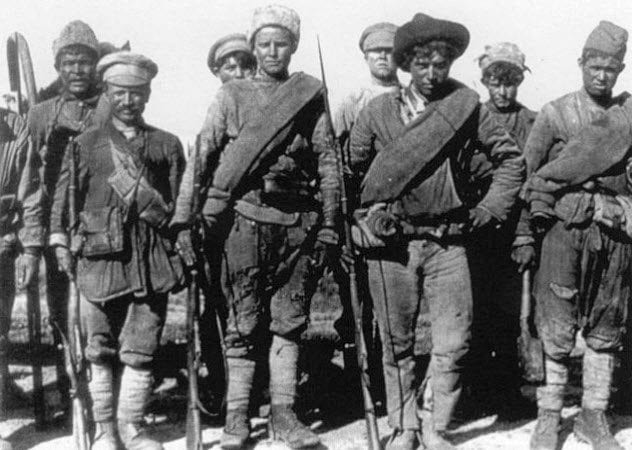
When the Bolsheviks took power in Russia in October 1918, it seemed unlikely that they would hang on for long as anticommunist “White” armies mustered in the north, south, and east. In an incredible feat of organization, Leon Trotsky successfully built the Red Army into an effective fighting force and pushed back Admiral Kolchak’s attack from Siberia.
However, in 1919, General Anton Denikin pushed north with the goal of taking Moscow. At the same time, General Nikolai Yudenich led 17,000 men out of Estonia, reaching the suburbs of Petrograd (St. Petersburg). Lenin wanted to abandon Petrograd, but Trotsky and Stalin talked him out of it.
Instead, the Bolsheviks made a deal with Nestor Makhno’s anarchist “Black Army,” which attacked Denikin’s rearguard and disrupted his supply lines. When Denikin’s forces reached Orel, just 400 kilometers (250 mi) from Moscow, the Bolsheviks counterattacked.
Overstretched and undersupplied, Denikin’s forces collapsed. Meanwhile, Yudenich was defeated outside Petrograd. The Whites never threatened the Russian heartland again.
2Battle Of Warsaw
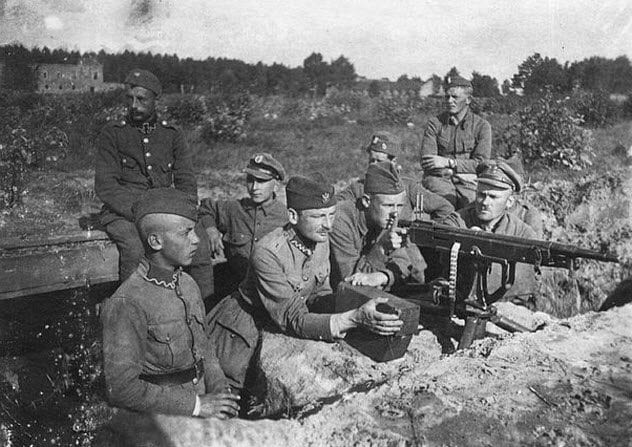
The Polish-Soviet War broke out after World War I when the borders of Eastern Europe were still unclear. Starting as a Polish land grab, it soon grew into something more serious as a Soviet counterattack pushed into Poland.
Lenin believed that the moment was right to spread revolution throughout Europe. He ordered his forces to push through Poland to the German border, where they would be positioned to support the powerful German Communist Party.
Radical dockworkers in Germany and Britain blocked military supplies destined for Poland. Marshal Tukhachevsky declared that “over the dead body of Poland lies the way to world revolution. Let us bring peace and happiness to the working people by bayonet. To the West!”
The Soviets were 25 kilometers (15 mi) outside Warsaw when the Poles launched a daring counterattack, which broke through the Soviet lines. Before long, the Red Army had been completely routed. Communist expansion was checked, with significant implications for European history.
1First Battle Of Saigon
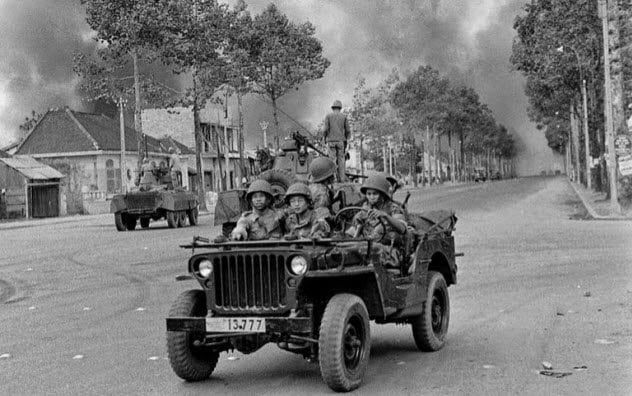
The Binh Xuyen was a Vietnamese crime syndicate that rose to power after making a deal with the French colonial authorities to betray or murder the communist agents operating in Saigon. In return, the French officially gave the gangsters control of Saigon’s police.
By the 1950s, the Binh Xuyen was the richest and most powerful criminal organization in Asia. They controlled Vietnam’s opium exports and ran the largest casino and brothel in the world. There was serious talk of their leader becoming prime minister.
But then the communists won the battle of Dien Bien Phu, forcing the French to pull out of Vietnam. They were replaced by the Americans, who supported Ngo Dinh Diem as prime minister.
However, Diem was merely a figurehead since the French still controlled the Binh Xuyen and armed sects like the Hoa Hao and Cao Dai. In 1955, the CIA bribed the sects away from the French and Diem launched a massive attack on the Binh Xuyen in Saigon.
After a pitched battle lasting one week, the gangsters were defeated. Diem and the Americans took full control of South Vietnam, setting the stage for the conflict to come.



